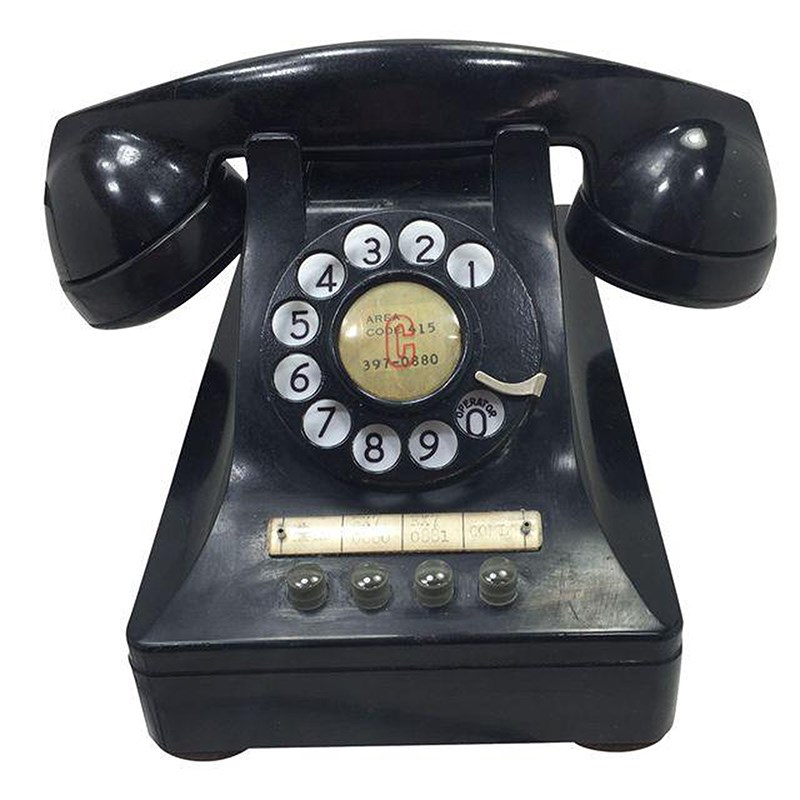Phil Egan
It was a big day in the history of Sarnia’s telecommunications.
“Dial Telephone in Service Here Early Tomorrow” read the front-page banner story in The Canadian Observer.
A photograph accompanying the story depicted Bell Telephone staffers, including Manager F.A. Power and Chief Operator Miss Alice B. Edwards, preparing for the changeover from the manual system.
Shorty after midnight that Saturday evening, Bell customers would no longer pick up the telephone and hear a familiar operator’s voice ask, “Number, please?”
It was an exciting time in the city. The date was Oct. 31, 1950.
Bell had announced two new dial exchanges - Digby and Edgewater - signifying people dialling their own telephone numbers for the first time would need to start each series with 344 or 337, numbers still used in Sarnia today.
The years immediately following the Second World War brought a period of rapid growth and change to Sarnia. The city’s population hit 31,000 – up 50% in six years – and would reach 40,000 by 1954. Bell Telephone had 13,000 city subscribers and hundreds more waiting for service.
Two years of planning and engineering preceded the changeover from a manual to a dial system. Bell technicians laid 132,000 feet of cable below city streets, with 74,000 feet of aerial cable strung along telephone poles. And the company’s new headquarters at the southeast corner of Lochiel and Vidal was packed with “complex” new equipment.
A “Special Telephone Section” in that Saturday’s Observer offered subscribers tips on how to use the new technology.
“Always make sure you hear the dial tone – a steady, humming sound – before you dial your number,” cautioned Mr. Power, the Bell manager.
A small ceremony was planned for midnight at the old Bell Telephone exchange on Christina Street, which he estimated would take less than two minutes.
“Right up to zero hour, The Observer reported, “operators will be handling calls, but when the signal for the cutover comes, Bell technicians at the new building will pluck out the blocking devices holding the dial equipment inactive and Sarnia’s dial service will be operative.”
The change activated phone service for 300 new customers who had been waiting for the dial system.
The following Monday morning, Bell clients were able to see “the handsome new business office where the payment” could be made along with other business transactions.
In a world of iPhones and intercontinental texting the excitement generated by a dial telephone might seem quaint. But it was big news in 1950.
